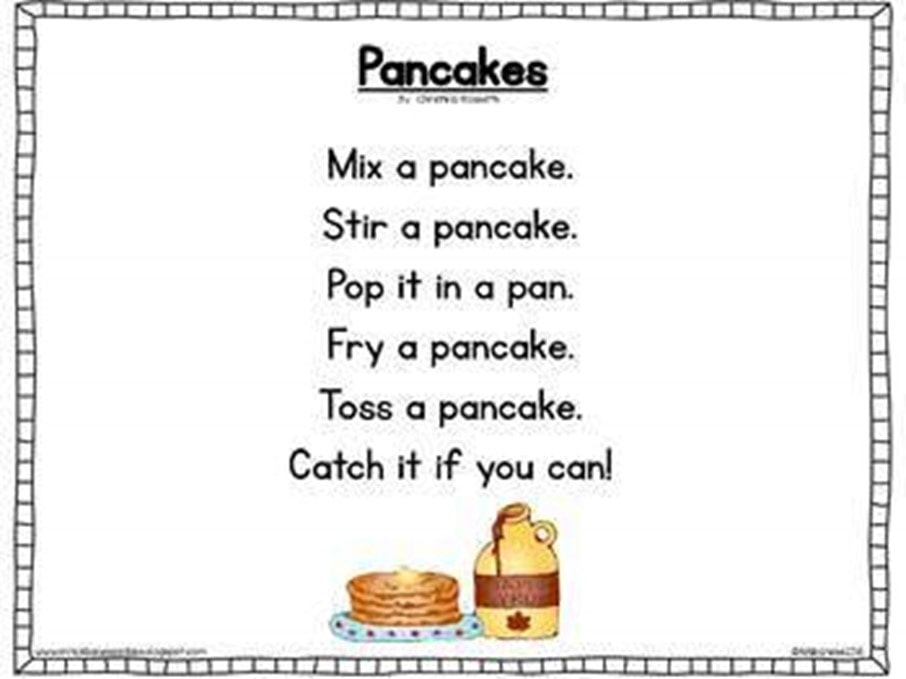Pancakes Sensory Recipe
Any way you stack ‘em, pancakes are as much fun to make as they are to eat
|
Utensils
Ingredients
|
Recipe Steps & Suggested Sensory Directions
|
Recipe and photo courtesy of Martha Stewart

